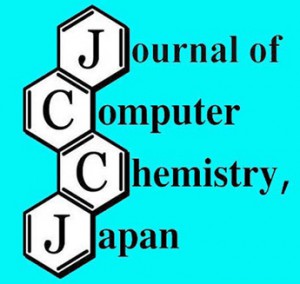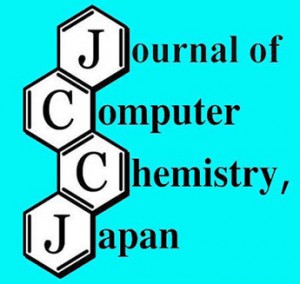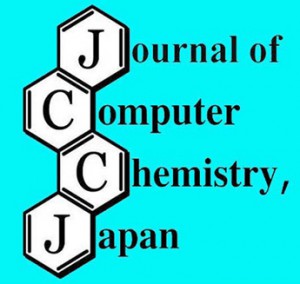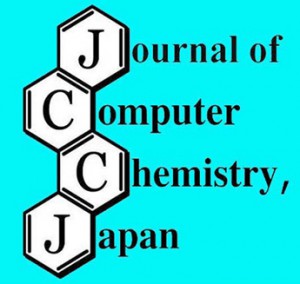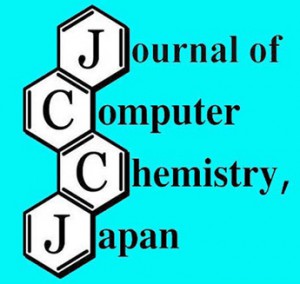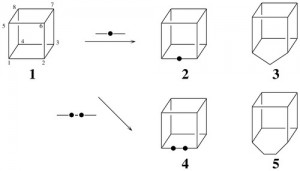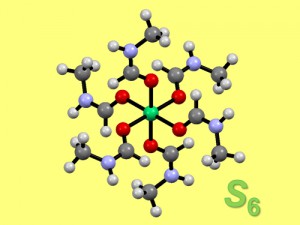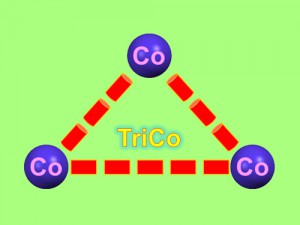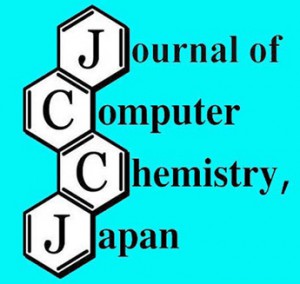[Published online Journal of Computer Chemistry, Japan Vol.14, 177-178, by J-STAGE]
<Title:> 共役ポリエンの家系図についての検討
<Author(s):> 細矢 治夫
<Abstract:> For all the isomers of conjugated polyenes C2nH2n+2 (n = 1 6) total π-electron energy Eπ, topological index Z, mean length of conjugation L were calculated, and their correlations were analyzed to get their genealogy. These Eπ values can be estimated fairly well from Z, moderately from L, and roughly from the number of tertiary carbon atoms. The Eπ change caused by the attachment of one C=C unit to a given polyene can be classified into elongation, outer branching, inner branching, and horn growing, by the site of the attached C atom. The genealogy of conjugated acyclic polyenes can thus be understood and interpreted even by chemistry beginners. By extending this analysis one can obtain mathematical proof and its limitation of the “organic electron theory.”
<Keywords:> Genealogy of conjugated polyene, HMO, Total π-electron energy, Topological indexZ, Mean length of conjugation, Elongation, Branching, Horn growing, Organic electron theory.
<URL:> https://www.jstage.jst.go.jp/article/jccj/14/6/14_2015-0062/_article/-char/ja/
<Title:> 共役ポリエンの家系図についての検討
<Author(s):> 細矢 治夫
<Abstract:> For all the isomers of conjugated polyenes C2nH2n+2 (n = 1 6) total π-electron energy Eπ, topological index Z, mean length of conjugation L were calculated, and their correlations were analyzed to get their genealogy. These Eπ values can be estimated fairly well from Z, moderately from L, and roughly from the number of tertiary carbon atoms. The Eπ change caused by the attachment of one C=C unit to a given polyene can be classified into elongation, outer branching, inner branching, and horn growing, by the site of the attached C atom. The genealogy of conjugated acyclic polyenes can thus be understood and interpreted even by chemistry beginners. By extending this analysis one can obtain mathematical proof and its limitation of the “organic electron theory.”
<Keywords:> Genealogy of conjugated polyene, HMO, Total π-electron energy, Topological indexZ, Mean length of conjugation, Elongation, Branching, Horn growing, Organic electron theory.
<URL:> https://www.jstage.jst.go.jp/article/jccj/14/6/14_2015-0062/_article/-char/ja/
